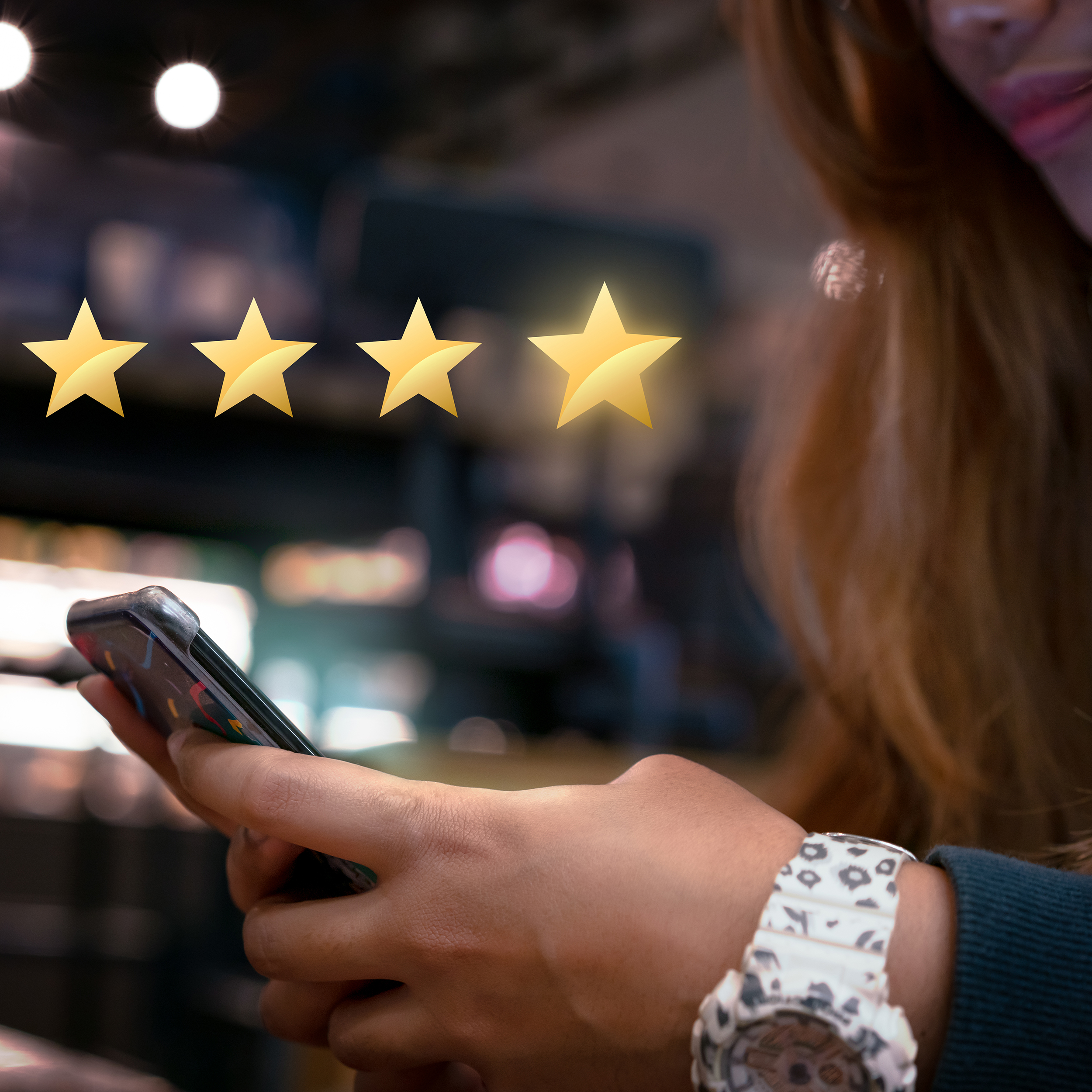Customer loyalty remains a strategic topic for companies, as the old paradigm that acquiring new customers is 5 to 25 times more expensive than retaining a customer still holds today. Yet, the way companies generally go about customer loyalty and the way that customers perceive today’s companies have changed significantly over the years.
In the early years of customer loyalty, companies sought to “buy” customer loyalty through discounts, rebates and rewards. Nowadays, however, customers expect the interactions they have with companies to be relevant to their personal situation. Customer loyalty is now a result of customer-centricity, which includes getting to know your customers and thereby becoming (and remaining) relevant to them as a company.
Becoming customer-centric is about putting the customer first and making all decisions in your company with your customers’ interests at heart. This involves steering away from short-term profit optimisation and instead investing in the long-term relationship between customer and company. Some of the most successful brands today were built by applying the principle of customer-centricity. For example, Ingvar Kamprad has built one of the best-known brands in the world, IKEA, based on a customer-centric vision: To create a better everyday life for the many people. To this day, that vision impacts all decisions made within IKEA.
In short, the game of customer loyalty has changed. The most important lesson we can learn from companies that are successful in building a loyal customer base is that you cannot buy customer loyalty; you earn it by getting to know your customers and being loyal to them.
The following three steps will help you take a big step towards achieving customer loyalty and improving customer retention:
- Build an understanding of your customer by creating and analysing the customer data view, seeking to incorporate all possible knowledge of your customers’ use of the product/service. Focus on the customers’ actual use of your product/service, not your desired use of the product/service
- Optimise the customer experience for long-term value, even if it means sacrificing short-term gains, and focus on the lifetime value of the customer relationship
- Keep your focus on existing customers and be loyal to them – do not spend all your time and resources on attaining new ones
Now it’s up to you
Bring the above three questions into your next dialogue around retention, churn or customer value. Data-driven retention should be at the heart of your customer engagement activities.
Want to know more? If you would like to learn more about achieving customer loyalty, please email [email protected] and we’ll be in touch right away.













